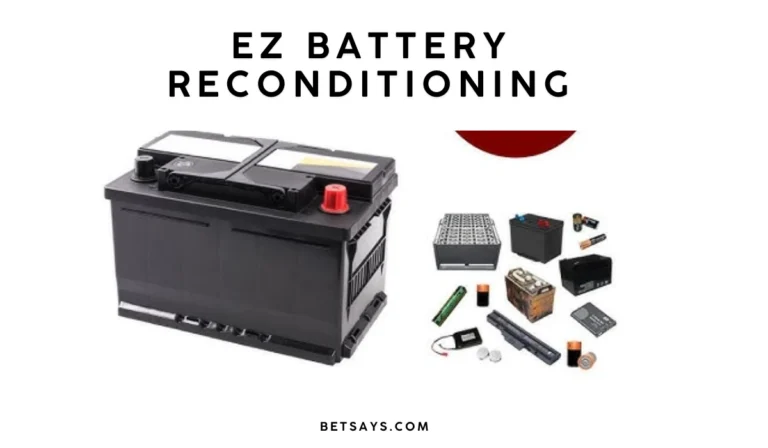How to Identify Genuine Coin Silver: A Collector’s Guide
Coin silver is a historic and valuable form of silver that has intrigued collectors for centuries. While not as widely recognized as sterling silver, coin silver has a rich history, particularly in the United States, where it was once the standard for household items, flatware, and jewelry. Due to its rarity and historical significance, genuine coin silver pieces can be highly sought after by collectors. However, identifying authentic coin silver can be a challenge for the untrained eye. In this guide, we’ll explore how to identify genuine coin silver, the markings to look for, and key tips for collectors to differentiate between coin silver and other silver alloys.
What is Coin Silver?
Coin silver is an alloy consisting of 90% pure silver and 10% other metals, typically copper. The term originated from the practice of melting down silver coins to create items such as flatware, jewelry, and household items. While the standard for sterling silver is 92.5% silver, coin silver contains slightly less, making it distinctive in terms of composition.
Coin silver was most common in the United States during the early 19th century, before sterling silver became the predominant silver alloy for making fine goods. As silver coins were relatively easy to acquire, silversmiths frequently used them as the raw material for crafting functional and decorative items. Understanding the differences between coin silver and other forms of silver is crucial when trying to identify genuine pieces.
Why Collect Coin Silver?
Collectors prize coin silver for its historical value, craftsmanship, and uniqueness. Unlike mass-produced modern silver items, coin silver pieces are often handmade, bearing the marks of individual silversmiths or historic coinage. Because it was often melted down from coins, many coin silver items feature remnants of the original coin’s design or mint marks, further adding to their rarity.
Coin silver is most commonly found in items such as:
- Flatware (spoons, forks, knives)
- Jewelry (rings, bracelets, pendants)
- Tableware (cups, goblets, trays)
- Decorative objects (candlesticks, bowls)
The allure of owning a piece of American history, along with the craftsmanship associated with coin silver, makes it a popular choice among antique and silver collectors.
Common Misconceptions About Coin Silver
Before diving into how to identify coin silver, it’s important to clear up some misconceptions:
- Coin silver is not pure silver: Pure silver, also known as fine silver, is 99.9% silver, while coin silver is 90% silver.
- Not all silver coins are made from coin silver: Modern silver coins, especially those minted after the 1960s, often contain less silver, and some don’t contain silver at all. Coin silver refers to items made from older coins, generally before the 20th century.
- Coin silver is not always marked: While many coin silver pieces are stamped, some early pieces may not have any marks. This makes identification trickier but not impossible.
How to Identify Genuine Coin Silver
Identifying genuine coin silver requires a combination of knowledge, observation, and sometimes testing. Below are the key methods to help you determine whether a piece is authentic coin silver.
1. Check for Markings
The most reliable way to identify genuine coin silver is by looking for specific markings or stamps. These marks typically indicate the metal content, the silversmith, or the location where the item was made. Here are some common marks you might encounter:
a) Coin Mark
Coin silver is often stamped with the word “COIN” or “PURE COIN.” This indicates that the piece contains 90% silver. However, some pieces may have been made in regions where such markings weren’t required, so their absence doesn’t automatically rule out a piece as coin silver.
b) Maker’s Marks
Many silversmiths from the 19th century marked their work with a maker’s stamp. These marks can vary but often include the initials or full name of the silversmith. Researching these marks can help trace the item’s origin and authenticity. For American-made coin silver, common marks include names like Tiffany, Gorham, and Kirk.
c) Numerical Marks
Sometimes coin silver pieces are stamped with numbers indicating their silver content. You might see marks like “900” or “9.0” that represent the 90% silver composition of coin silver. Unlike sterling silver, which is marked “925,” coin silver’s lower silver content should reflect a “900” or similar number.
d) Absence of Marks
In some cases, early coin silver items might not carry any mark at all. This was more common in small-town or rural areas where silversmiths didn’t adhere to formal stamping practices. If an item lacks a mark but looks old, it’s still worth investigating further through other identification methods.
2. Examine the Color and Patina
Coin silver typically has a distinctive color and patina that differs from sterling silver. Over time, genuine coin silver develops a warm, slightly matte appearance due to its lower silver content and exposure to the environment.
a) Color
Genuine coin silver has a slightly less shiny, more subdued appearance compared to sterling silver. It may have a slight yellowish tint because of the copper content, especially in older pieces that haven’t been polished in years.
b) Patina
Antique coin silver often has a unique patina—a dark or tarnished layer that forms on the surface due to oxidation. While modern silver can also tarnish, coin silver’s patina tends to develop differently because of its composition. A well-formed patina can add character to the piece and is often preferred by collectors. Be cautious if the piece appears too shiny or lacks any signs of aging, as this could indicate a fake or reproduction.
3. Weigh the Item
Because coin silver contains less silver than sterling, it may weigh slightly less than a sterling silver item of the same size. However, this is only a minor difference and may not be noticeable in all cases. If you have access to a precise scale and can compare the weight of a known sterling silver item with that of a suspected coin silver piece, you might observe this subtle difference.
4. Conduct a Nitric Acid Test
For collectors who want more definitive proof of authenticity, a nitric acid test can be performed to determine the silver content. When a small drop of nitric acid is applied to coin silver, it will react differently than it would with other metals.
- If the piece is genuine coin silver (90% silver), the spot will turn a creamy white color.
- If the piece is a lower-grade silver alloy or silver-plated, the reaction will result in a greenish or bluish color.
It’s important to conduct this test carefully and in a small, inconspicuous area, as nitric acid can damage the surface of the metal. If you’re uncertain, it’s best to consult a professional jeweler or silversmith for this type of testing.
5. Check for Wear and Tear
Coin silver pieces are often quite old, so natural wear and tear is a good indicator of authenticity. Look for signs of use such as:
- Softened or worn edges on flatware or jewelry.
- Subtle scratches, dings, or minor imperfections, which indicate age and regular use.
- Signs of hand craftsmanship, such as slightly uneven stamping or engraving.
Be cautious of items that appear too perfect, as this could indicate that the piece is a reproduction or a modern silver-plated item.
6. Research the Silversmith
If your coin silver piece bears a maker’s mark, it’s worth researching the history of the silversmith. This can help you determine whether the item is authentic and trace its origins. Many silversmiths from the 19th century have been well-documented, and their works are cataloged in reference books and online databases.
a) Online Databases
There are several online databases and collector forums where you can look up maker’s marks to learn more about the silversmith and the era in which the piece was made.
b) Collector Books
Antique silver collector’s books often feature detailed information about specific silversmiths, including their marks, locations, and styles. These books are valuable resources for serious collectors.
Conclusion
Identifying genuine coin silver can be both a challenge and a rewarding process for collectors. From examining hallmarks to testing the metal content, understanding the unique characteristics of coin silver will help you build a collection of authentic pieces that hold historical and aesthetic value. Whether you’re a novice or an experienced collector, knowing how to spot real coin silver is essential for making informed and valuable acquisitions. Keep these tips in mind as you navigate the fascinating world of antique silver collecting!







